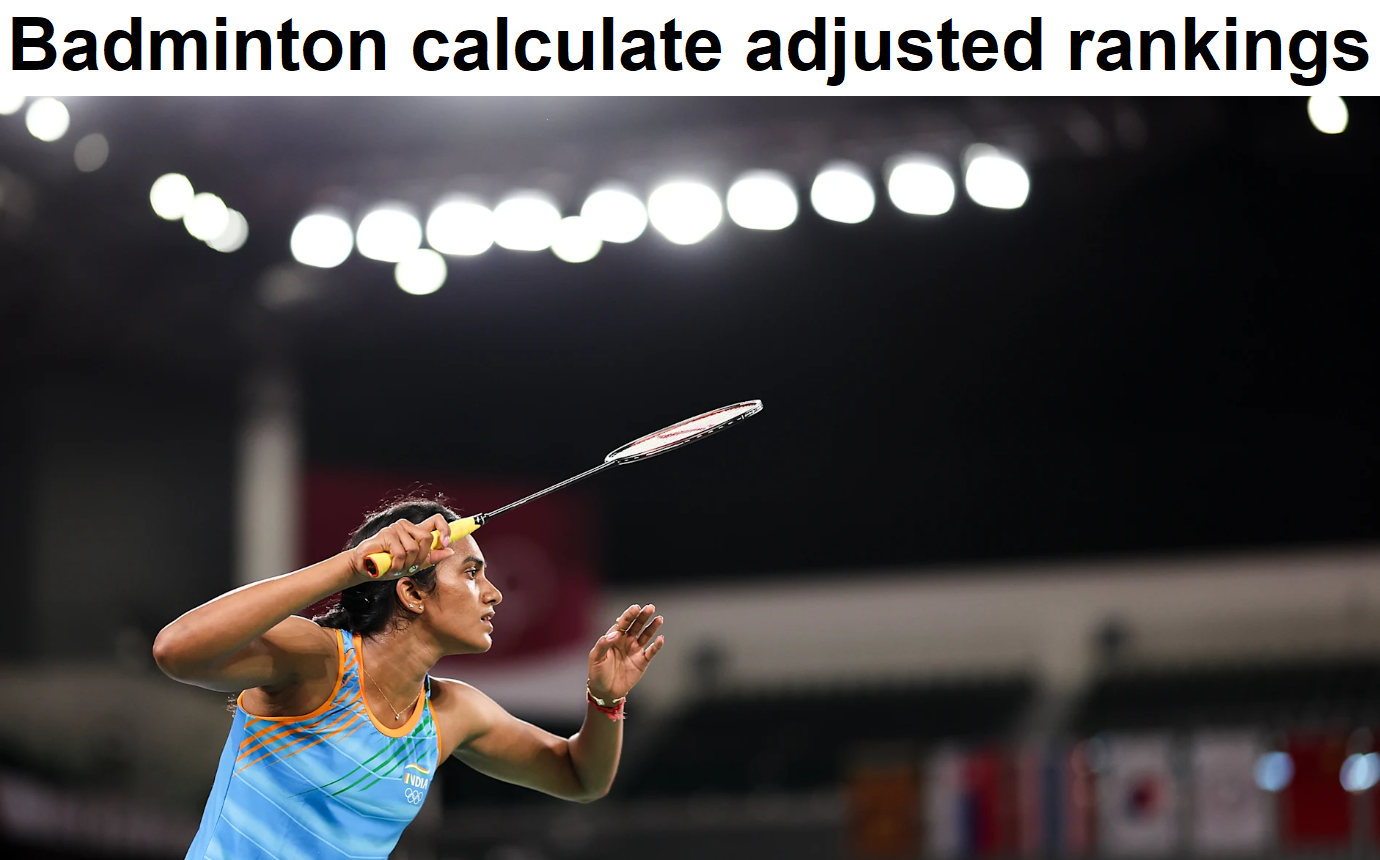

The Badminton World Federation (BWF) controls the professional badminton circuit globally. The governing body’s duties includes ensuring a sound distribution of professional tournaments at different levels and keeping a track of players’ rankings.
The BWF manages players’ rankings across all disciplines: men’s singles, women’s singles, men’s doubles, women’s doubles, and mixed doubles. While the singles rankings are straightforward, managing the doubles rankings of players can become trickier. This is because players tend to change their partners which also causes statistical deviations in their rankings.
The two mathematical concepts that BWF uses to rank newly formed pairs are notional rankings and adjusted rankings. An explanation of notional rankings has already been covered in our previous article. This article focuses on the explanation of adjusted rankings.
Adjusted rankings are considered when a newly formed pair has both players that are ranked very high. However, this new pair must have played less than four tournaments as a prerequisite for adjusted rankings to be considered. It is a measure which considers an assumption that the new pair is likely to scale itself higher in the rankings as they play more tournaments.
The adjusted ranking is calculated by multiplying the number of world ranking points of the new pair with a constant that is based on the number of tournaments they have played together. If the new pair has played only one tournament together, then their world ranking points are multiplied by 8/3. If they have played two and three tournaments together, then their world rankings are multiplied by 8/5 and 8/7 respectively.
Since both players are ranked higher, it is likely that even their adjusted ranking is high enough to qualify them as seeds. The rules state that the adjusted ranking pair can only be seeded in the second half of the seeds.
The adjusted ranking thus justifies the ranking of a newly formed pair of two strong players on the BWF tour.





